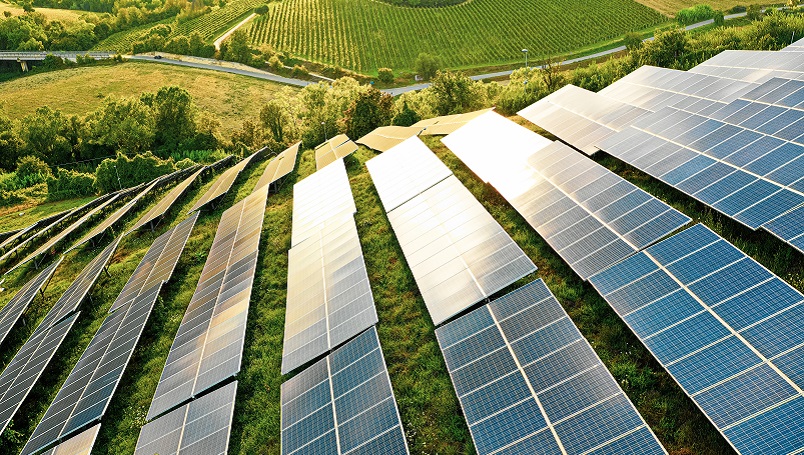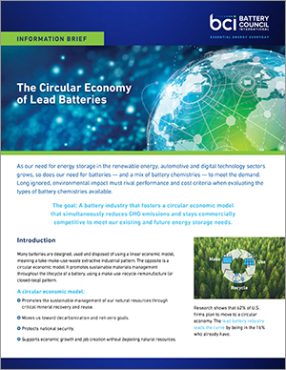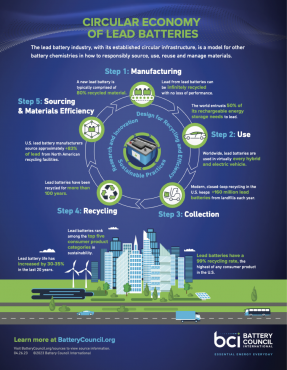
As the world continues to move toward electrification, news about cleaner, greener energy abounds. But there’s added emphasis this week, September 21–25, when we celebrate National Clean Energy Week (NCEW). Essential Energy Everyday is proud to join the 25 states and the District of Columbia in formally recognizing the occasion.
Bipartisan Resolution Shows Sweeping Support for Clean Energy
 In addition, on September 17, 2020, U.S. Senators Susan Collins (R-ME) and Maria Cantwell (D-WA), introduced a bipartisan resolution recognizing NCEW. Heather Reams, NCEW chair and executive director of Citizens for Responsible Energy Solutions, applauded the Senate for unanimously passing the measure.
In addition, on September 17, 2020, U.S. Senators Susan Collins (R-ME) and Maria Cantwell (D-WA), introduced a bipartisan resolution recognizing NCEW. Heather Reams, NCEW chair and executive director of Citizens for Responsible Energy Solutions, applauded the Senate for unanimously passing the measure.
“Reducing emissions and growing clean energy jobs for Americans is an area where elected officials across all levels of government and political backgrounds can find common ground,” Reams said. “In a contested election year when agreement on anything almost seems unachievable, it is tremendous that 18 senators – Republican, Democratic and Independent – came together to support clean energy.”
Lead Batteries Provide the Energy Storage that Enables Clean Energy
The goal of clean energy is to reduce harmful emissions and reduce reliance on fossil fuels. Lead batteries already help the U.S. economy embrace the transition by storing the energy generated by variable renewable energy (VRE) resources, such as wind and solar.
Put simply, renewables require a reliable, affordable and scalable energy storage system. Lead batteries fill that role and contribute to a more secure, efficient, environmentally beneficial and sustainable future.
Lead batteries can be deployed in numerous ways for:
- Transportation – Storing energy from solar panels installed on EV charging stations.
- Grid Resilience – Increasing the integration of power from VRE resource facilities with large-scale battery storage to “bank” power for discharge during periods of reduced wind or sunshine.
- Sustainability – Making the planning and operation of the nation’s electric power industry more efficient by minimizing the need for new power plants or transmission lines.
A digital, interactive map detailing 139 lead battery-powered energy storage projects worldwide is available through the Consortium for Battery Innovation (CBI). The map includes case studies detailing how lead battery storage is supporting utility and renewable energy systems.
Lead Batteries Make Powerful Economic Impact
What’s more, according to the 2020 U.S. Energy and Employment Report, at the end of 2019, the U.S. energy sector employed nearly 7 million individuals and generated more than 120,000 new jobs. The U.S. lead battery manufacturing and recycling industry is proud to participate in this important segment of the economy. A Battery Council International report released in 2019 showed the industry provided nearly 25,000 direct jobs, over 92,000 total jobs, and made a $26 billion economic impact.
Domestic Supply Chain Assurance: Circular Economy of Lead Batteries
Governments around the world are setting ambitious goals and targets for decarbonization and electrification. Likewise, the demand for energy storage batteries which support utility and renewable energy projects will grow substantially. In fact, the trajectory is so significant that demand cannot be met by one technology alone.
Lead batteries are one of the technologies with the scalability, performance capability and reliable supply chain assurance to help the energy industry meet the challenges. Case in point: The resilience of the lead battery (primarily) U.S. supply chain was proven during trade disruptions caused by COVID-19.
How so? The lead battery industry has created a closed loop, circular economy by maintaining a 99% recycling rate (a rate unmatched by any other battery chemistry). Through a robust domestic recycling network, nearly all of the raw materials that compromise a typical lead battery – lead, plastic, acid – are recycled and used to remanufacture new lead batteries.
Lead Batteries Innovate to Meet Future Clean Energy Storage Demands
As new clean-energy options come online, the lead battery industry will further innovate. A core technical research priority is to continue improving cycle life. The Consortium for Battery Innovation aims to increase lead battery cycle life by five times by 2022 to 5,000 cycles, which would contribute to lower operating costs, a key parameter for utility and renewable energy applications.
Learn More About Lead Batteries and Clean Energy
National Clean Energy Week is a great time to learn how lead batteries, literally, empower clean energy. Learn more about the benefits of lead batteries.








